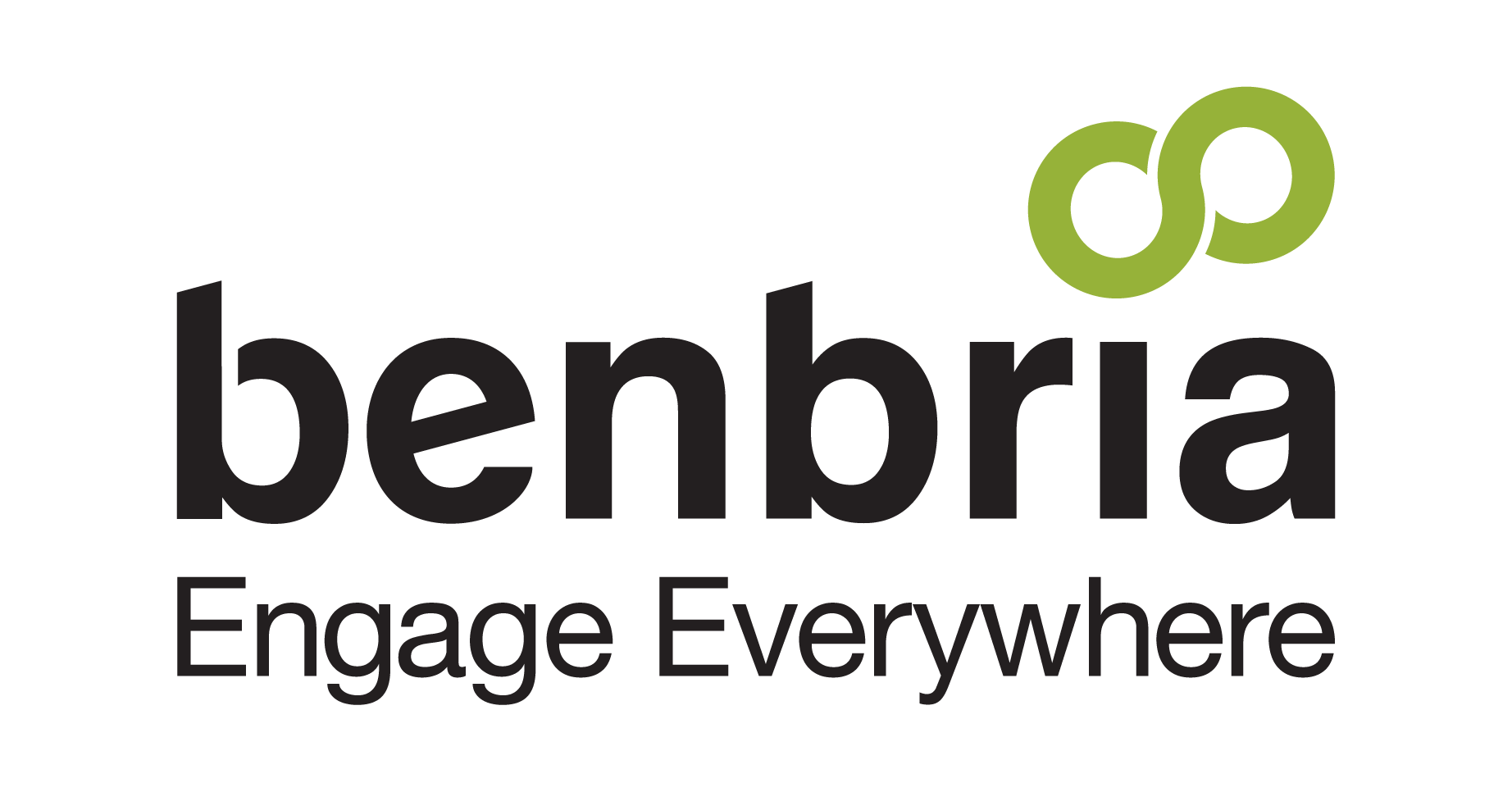Economists have observed a recent trend of weak growth in the restaurant industry, and with the UK poised to leave the European Union, things aren’t looking particularly rosy for hospitality, either. These two industries have notoriously low profit margins, and any kind of negative change in the economy or consumer behaviour has the potential to spell disaster for both.
Because of this, restaurateurs and hoteliers are keen to get as much value as possible from available resources. Besides raising prices, limiting staff hours, and lowering food costs, monitoring turnover rates and encouraging employee productivity tends to be top-of-mind for business leaders.
In a previous post, we covered the fact that average annual combined turnover in the restaurant and hospitality industries totals more than 70 percent — and to make matters worse, according to Chron, the estimated cost of training a new employee in these industries is almost $10,000. That’s why it’s more cost-effective to keep employees engaged and productive than it is to endure such high turnover rates.
Set targets and measure performance
It’s human nature to rise to a challenge. It’s also human nature to crave knowledge and growth. Most employees who know what’s expected of them and have clear goals to meet will be more likely to push their performance above and beyond. Take care, however, to find a balance in goal-sitting; as pointed out in the Harvard Business Review, your team may “resent you if you insist on goals that are too challenging to accomplish. [But] if you are overly cautious, you will miss opportunities and settle for mediocrity.” Ask for your team’s input on their capabilities and what they think they can reasonably accomplish, and build strategic goals for the team from there. Don’t forget to keep track of how they’re doing on a consistent basis.
Recognize them and highlight good performance
Studies featured in the Harvard Business Review have shown that a positive work environment is the best driver for a healthy bottom line. Employees who feel valued and appreciated are less likely to suffer from stress-related health problems and more likely to be engaged and productive.
Gallup research actually found a 12.5 percent boost in productivity among teams that received frequent positive feedback from their managers versus those that didn’t. Frequent feedback, particularly if it’s encouraging, makes employees feel like they’re more than just a cog in the machine; it makes them feel they are contributing in a meaningful way to the team and the organization.
Besides manager feedback, another great way to motivate employees is to read them comments from guests who were impressed by their performance. This shows them that their service is appreciated and will motivate them to keep up the good work.
Allow them to take ownership
Employees who have a stake in the business, who feel that the work they do means something, are more likely to be invested in their work. Forbes Magazine found that it gives them the sense that the business belongs to them — and along with it, the quality of the product and the satisfaction of the customer. Moreover, if they feel they have the agency to make decisions in the workplace, they will give their actions more thought and weight. If you trust them to make decisions, you’ll encourage them to stay.
Give them a purpose
When your employees can’t see the value of their own role, no matter where they rank on the hierarchy, it can lead to a decline in service and lost sales. They’ll do the bare minimum to keep their jobs, but won’t go beyond the call of duty to impress. This is why it’s so important that everyone understands the role they play in the workplace; knowing how they contribute to the company’s mission in their own unique way will underscore their important place in the company.
Provide adequate training
In the quest to keep on top of customer demands and operational costs, training can sometimes take a backseat in the workplace. This is a vicious circle; throwing a new employee into the mix might seem productive in the short-term, but over time, their lack of knowledge will have a deleterious effect on their performance. When you give your employees ample opportunity to learn on the job, Fast Casual found that they’ll be more confident and more willing to take the initiative at work.
Make it fun with gamification
Gamification is the practice of introducing aspects of game-playing, such as scoring, rules, and friendly competition, to the workplace. It has been shown to “cause feel-good chemical reactions, alter human responses to stimuli—increasing reaction times, for instance—and in certain situations…improve learning, participation, and motivation.” This should come as no surprise, as humans have been playing — and refining — games for thousands of years.
There are many ways to implement gamification. Google, for example, used it to get all of its employees compliant with the company’s travel expense reporting procedures. Another way is to keep track of customer feedback and display it on a scoreboard so employees can immediately see where they need to improve performance. This challenges them to do better in the moment and reach to perform at a higher level.




